We all have our go-to grocery items—those convenient, name-brand, or ready-to-eat picks we toss into the cart without a second thought. But some of these popular products are quietly draining your budget, offering far less value than you might realize. From single-serve snacks to store-bought shortcuts, many everyday favorites come with a hefty price tag that simply isn’t justified. Whether it’s overpriced packaging, unnecessary convenience, or brand-name markup, these items are costing you more than they’re worth. Before your next grocery run, check out these 15 popular grocery buys that are way too expensive for what you actually get.
1. Individual Yogurt Cups
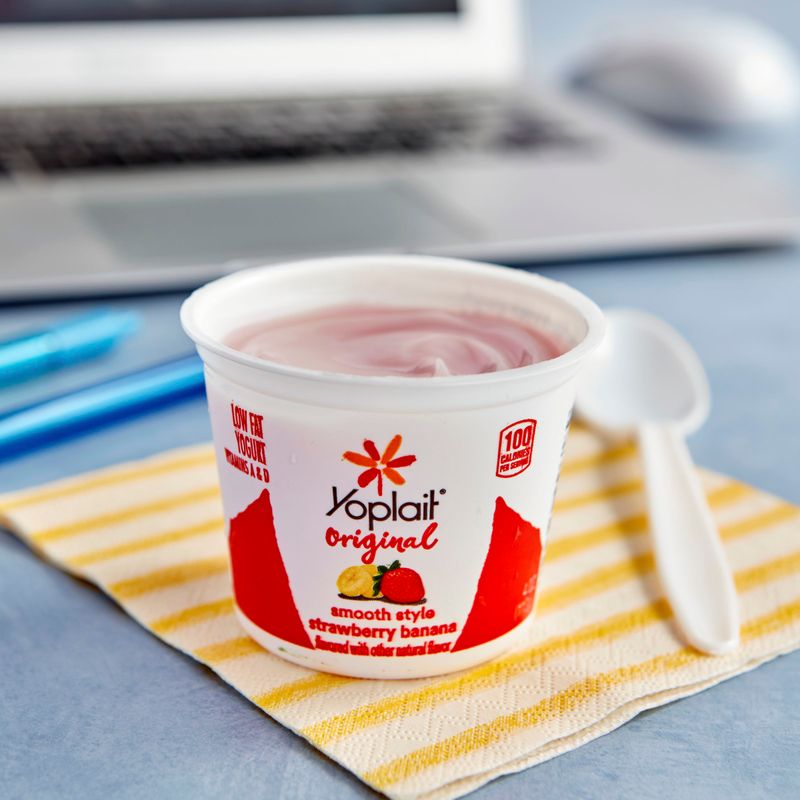
Those colorful little cups of yogurt might seem like a good deal at $1 each, but you’re paying nearly double what you’d spend on the same amount from a larger container. The single-serve packaging drives up the cost dramatically.
The convenience factor is undeniable—grab and go without measuring. But consider this: a 32-ounce tub costs about the same as four individual cups while providing twice as much yogurt.
Buying larger containers and portioning into reusable containers not only saves money but reduces plastic waste. For a family of four eating yogurt daily, this simple switch could save over $300 annually!
2. Name-Brand Cleaning Supplies
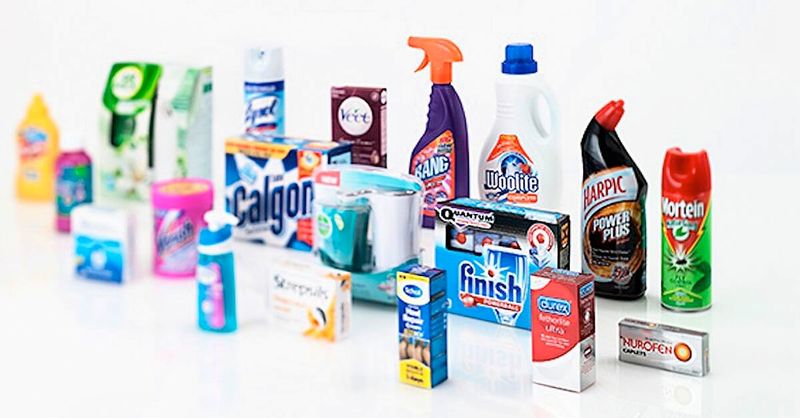
That fancy bottle of cleaner with the recognizable logo? You’re mostly paying for the marketing campaign that convinced you it’s superior. In reality, many store brands contain identical active ingredients at a fraction of the cost.
Brand loyalty runs deep with cleaning products, with consumers willing to pay 30-50% more for names they recognize. The irony? Many store brands are manufactured in the same facilities using nearly identical formulations.
Consumer testing repeatedly shows that generic cleaners perform just as effectively. Next time, compare ingredient lists instead of grabbing the familiar brand—your wallet will thank you while your home stays just as clean.
3. Single-Serve Coffee Pods
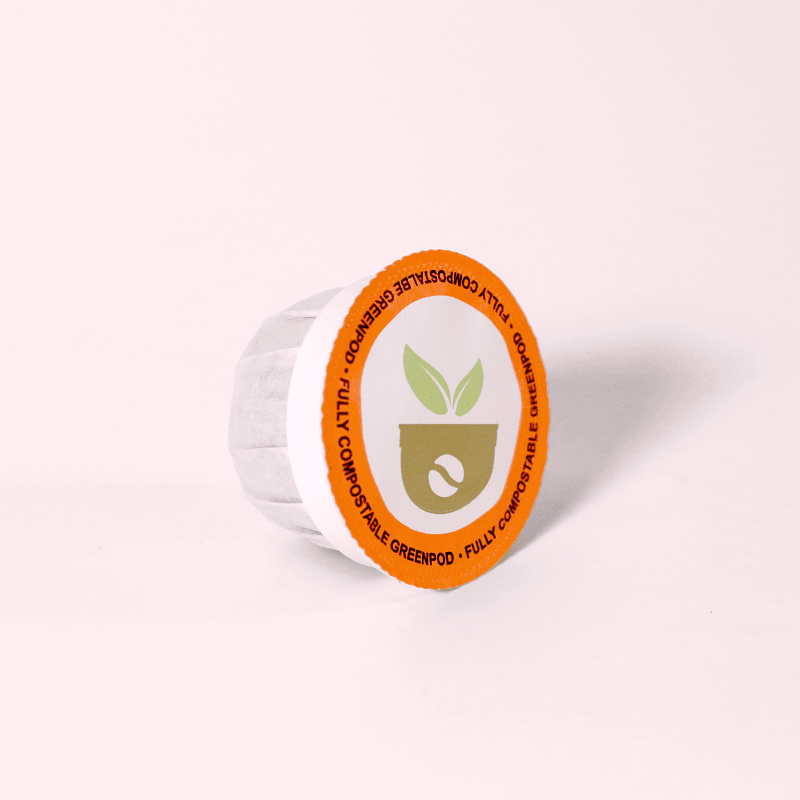
The morning convenience of popping a coffee pod into your machine comes with a shocking price tag. When calculated per cup, pod coffee costs between $0.40-$0.80—that’s $40+ per pound of coffee!
Traditional ground coffee averages $10-15 per pound, making pods up to four times more expensive. The environmental impact is equally troubling, with billions of plastic pods ending up in landfills annually.
Switching to ground coffee and a reusable filter or investing in refillable pods dramatically cuts costs. For daily coffee drinkers, this simple change can save $300-500 yearly while delivering the same morning caffeine fix with less waste.
4. Pre-Packaged Salads
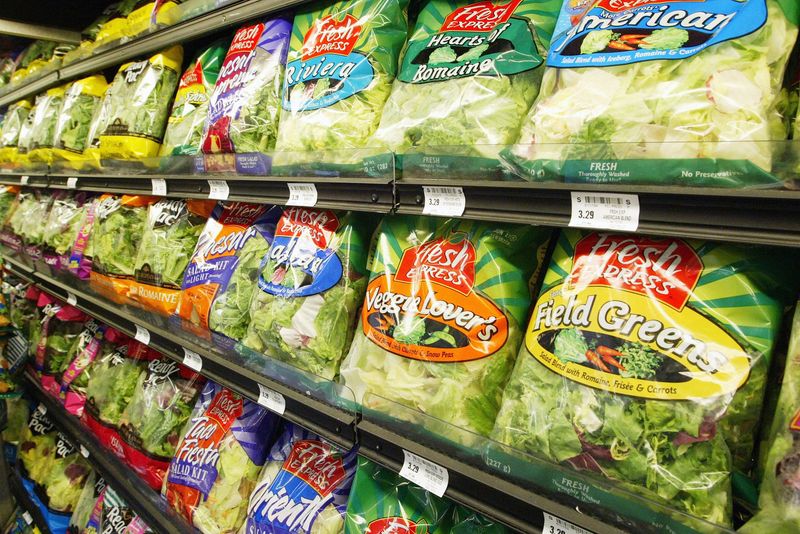
Grab-and-go salads seem like healthy time-savers until you check the price tag. A basic pre-packaged salad typically costs $4-7, while the same ingredients purchased separately would run about $1.50-2.50.
Beyond the price, these convenient options come with drawbacks. The shelf life is notably shorter, often leading to slimy greens within days. Many contain preservatives to extend freshness, and the dressings frequently pack hidden sugars and sodium.
Creating a salad station at home with washed greens and prepped toppings stored separately extends freshness and slashes costs. Spending 20 minutes on Sunday prepping ingredients can save a family $20-30 weekly on lunch salads.
5. Branded Spices in Fancy Containers

Small glass jars of spices with recognizable labels might look elegant in your spice rack, but they’re emptying your wallet unnecessarily. The markup on brand-name spices can reach a staggering 100-300% compared to bulk or store-brand alternatives.
A typical jar of branded cinnamon might cost $5-6 for 2.5 ounces, while the same amount from a bulk bin costs under $2. The quality difference? Often nonexistent, as many spices come from the same global suppliers.
Ethnic grocery stores offer additional savings, with spices frequently costing 75% less than supermarket varieties. Refilling your existing spice jars from bulk sources combines the aesthetic appeal with practical savings.
6. Organic Processed Snacks
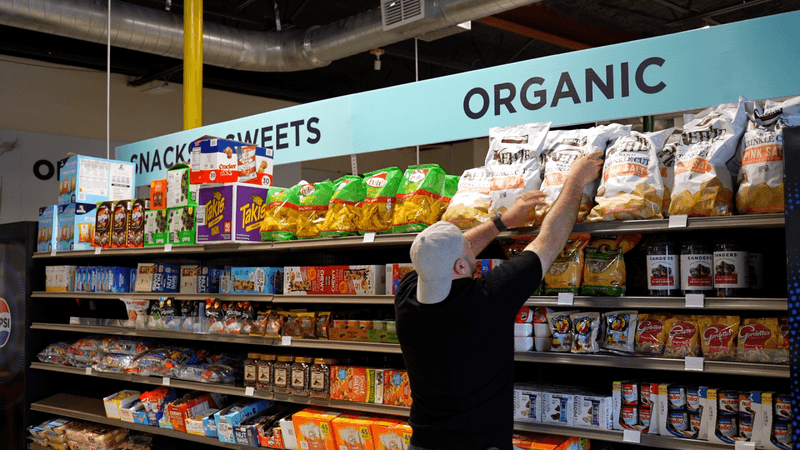
The “organic” label on chips, cookies, and crackers creates a health halo effect that justifies premium pricing. These items typically cost 50-100% more than conventional versions, despite offering minimal nutritional advantages.
Organic certification ensures certain farming practices but doesn’t magically transform processed foods into health foods. An organic cookie still contains sugar, refined flour, and calories—just from ingredients grown without certain pesticides.
For truly healthy snacking, whole foods like fruits, vegetables, and nuts offer better nutritional value at lower costs. If organic matters to you, prioritize spending on the “dirty dozen” produce items where pesticide reduction makes the biggest difference, rather than processed snacks.
7. Premium Ice Cream Pints
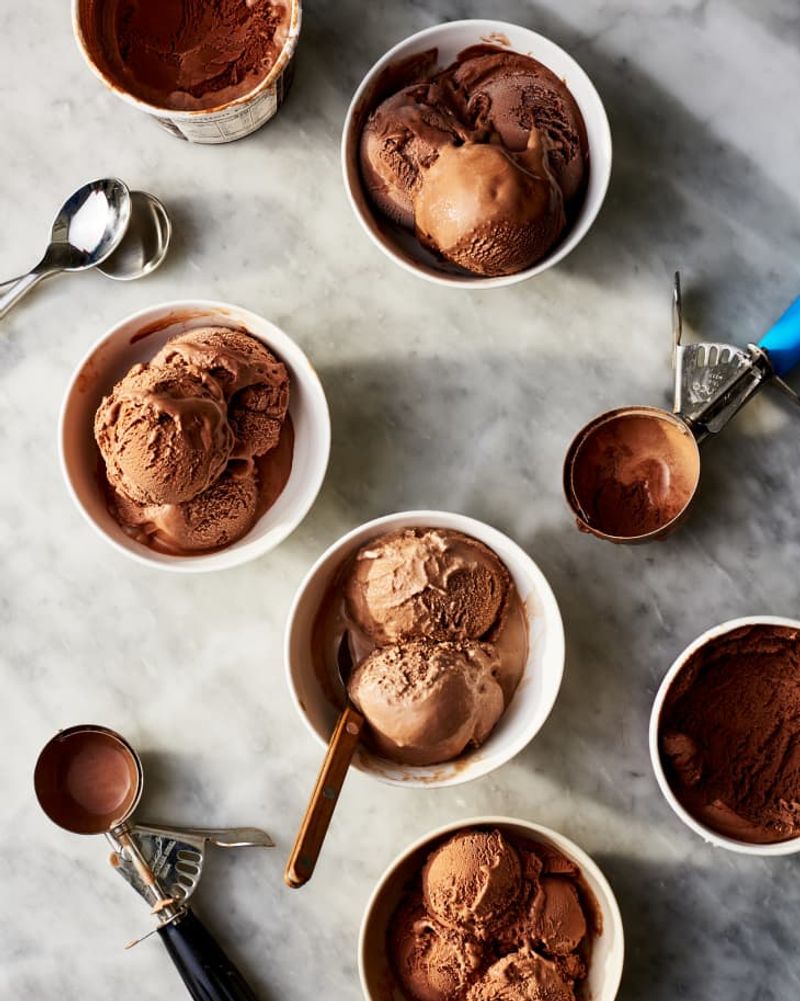
Fancy ice cream brands have mastered the art of premium packaging and clever marketing to convince consumers their frozen treats justify $6-9 per pint. Blind taste tests repeatedly show many people can’t distinguish between premium and mid-range brands.
The price difference is substantial—premium pints often cost 3-4 times more than store brands per ounce. What’s more surprising is that many store brands are produced by the same manufacturers as premium versions, with minor recipe adjustments.
Store brands have dramatically improved quality in recent years, with many offering all-natural ingredients and creative flavors at half the price. For occasional indulgences, consider whether that designer pint is worth paying triple for essentially the same frozen delight.
8. Bottled Water
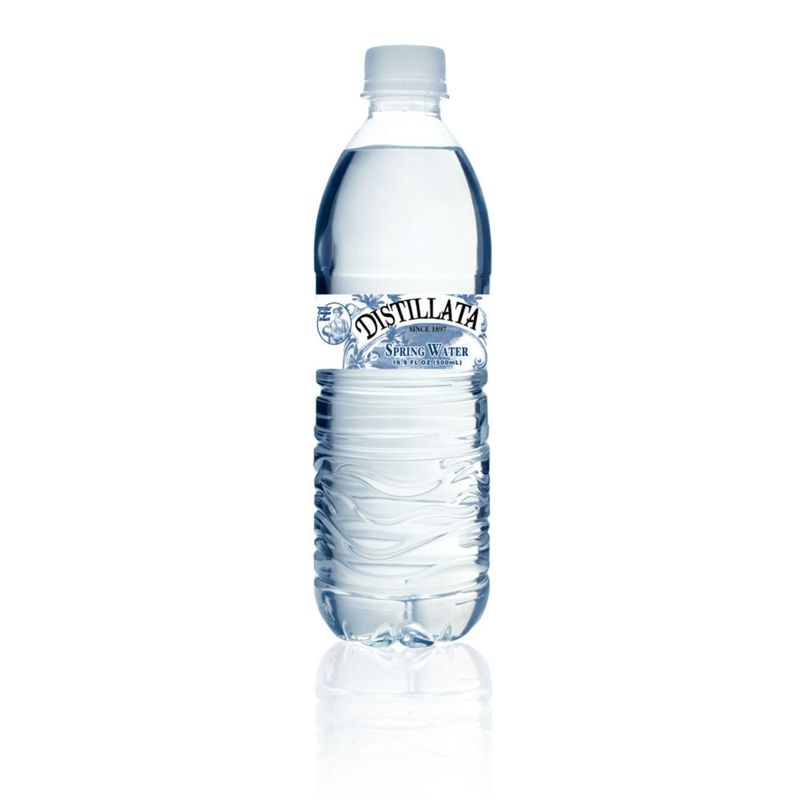
Americans spend over $16 billion annually on bottled water—a product that flows nearly free from most taps. The markup is astronomical, with bottled water costing 300-2,000 times more than tap water.
Beyond cost, the environmental impact is devastating. Only about 30% of plastic bottles get recycled, with the rest ending up in landfills or oceans. Production and transportation generate substantial carbon emissions.
A quality water filter pitcher costs $20-40 and filters 40-120 gallons before needing replacement. Paired with a reusable bottle, this solution pays for itself within weeks for regular bottled water consumers while delivering clean, great-tasting water without the environmental guilt.
9. Pre-Cut Fruits and Vegetables
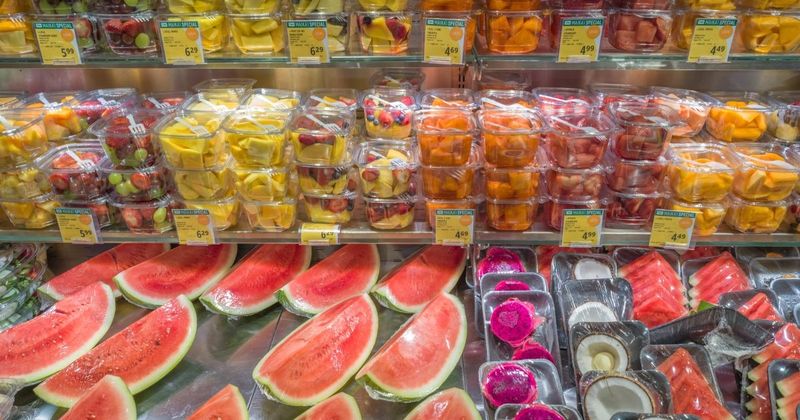
The convenience of grabbing pre-cut produce comes with a shocking price premium of 40-100% over whole fruits and vegetables. A container of pre-cut pineapple chunks typically costs three times more per pound than buying a whole pineapple.
Beyond cost, pre-cut produce loses nutritional value faster and has a significantly shorter shelf life. Many pre-cut items are treated with preservatives to maintain appearance, and the excessive packaging creates unnecessary waste.
Spending 30 minutes weekly prepping vegetables can save a family $15-25 while providing fresher, more nutritious options. Investing in simple tools like a good knife and cutting board makes prep work easier and more efficient.
10. Pre-Marinated Meats
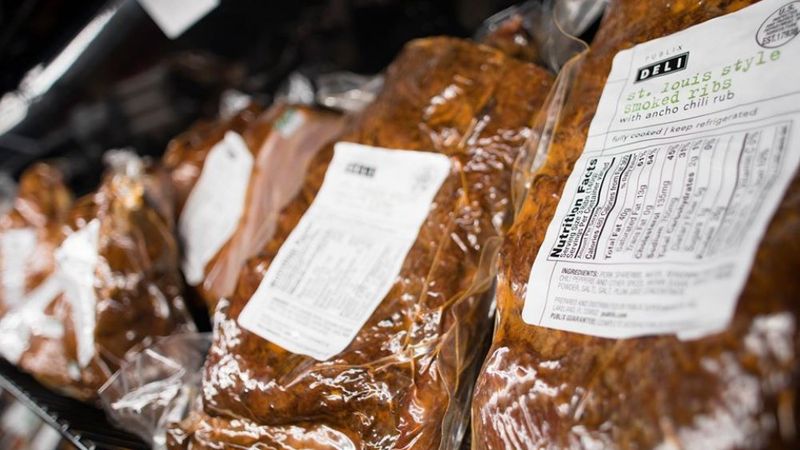
Those convenient trays of pre-marinated chicken or steak might save time, but they’ll cost you dearly. Grocery stores typically charge 30-60% more for marinated meats compared to their plain counterparts.
The marinade itself often consists primarily of inexpensive ingredients like oil, salt, and basic spices—things most kitchens already stock. What’s worse, pre-marinated options frequently contain excessive sodium, preservatives, and flavor enhancers to extend shelf life.
Creating your own marinades takes minutes and allows for customization while dramatically cutting costs. A simple oil-vinegar-herb mixture costs pennies per serving and can be prepared while the oven preheats, offering better flavor without the premium price.
11. Bakery Department Treats

Fresh-looking bakery items displayed at the front of stores command premium prices despite often not being made on-site. Many grocery bakeries receive partially-baked items that are simply finished in-store ovens.
The markup on these items is substantial—often 300-400% over ingredient costs. A $4 bakery muffin contains about $0.50 worth of ingredients. Similarly, a $5 loaf of “artisan” bread costs approximately $1 to produce.
Commercial bakeries offer similar products at lower prices in the bread aisle. For those willing to bake, homemade versions cost a fraction of store prices and avoid preservatives. Even using pre-made dough or mixes cuts costs by 50-60% compared to bakery department pricing.
12. Pre-Made Sandwiches and Wraps
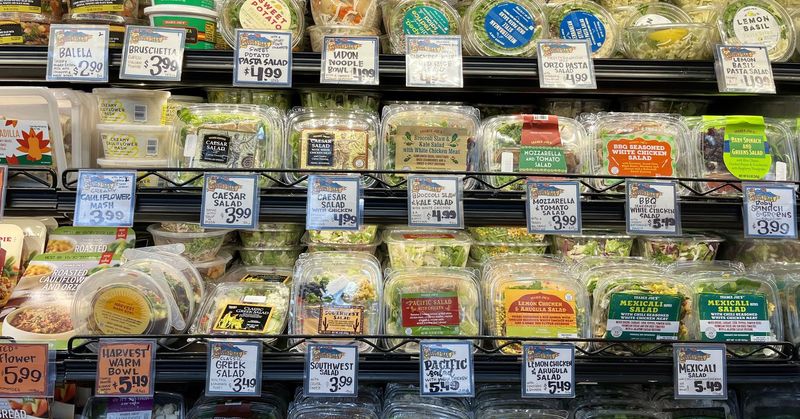
Grabbing a pre-made sandwich from the refrigerated section means paying $6-9 for approximately $1.50-2.50 worth of ingredients. The markup typically exceeds 200%, making these one of the worst values in the grocery store.
Beyond cost, quality suffers significantly. Cold cuts and vegetables begin deteriorating once assembled, often resulting in soggy bread and wilted greens. Many contain preservatives and excessive sodium to extend shelf life.
Assembling sandwiches at home takes minimal time—under five minutes—while offering fresher ingredients and customization options. For a family of four buying lunch twice weekly, switching from pre-made to homemade sandwiches saves approximately $1,500 annually while delivering superior taste.
13. Seasonal or Themed Packaged Foods
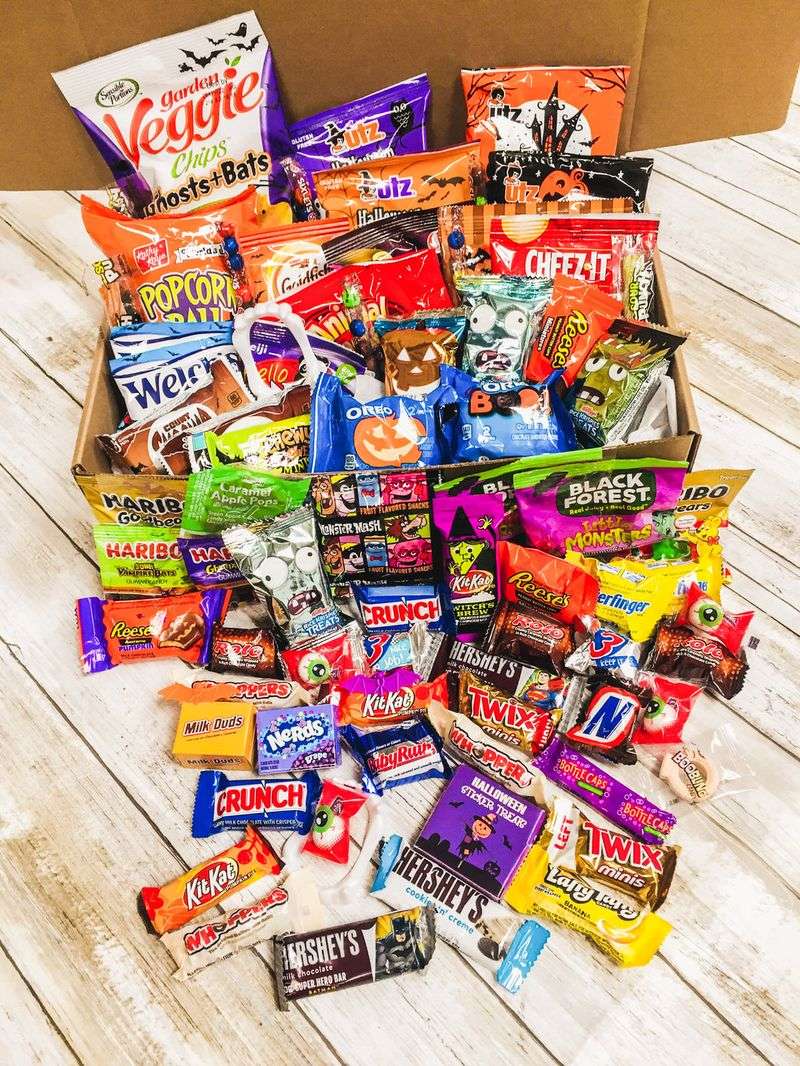
Heart-shaped chocolates for Valentine’s Day, Halloween-themed cookies, or Christmas-colored candies all share one thing: inflated prices for standard products in special packaging. The markup for seasonal packaging typically ranges from 20-50% over the regular version.
Manufacturers bank on emotional purchasing and impulse buys during holidays when consumers are less price-sensitive. The product inside remains virtually identical—only the wrapper changes.
Waiting until after the holiday can score these items at clearance prices, often 50-75% off. Alternatively, buying regular versions and adding your own festive presentation saves substantially. For parties, serving regular cookies on holiday-themed plates achieves the same effect at a fraction of the cost.
14. Gourmet Sauces and Condiments
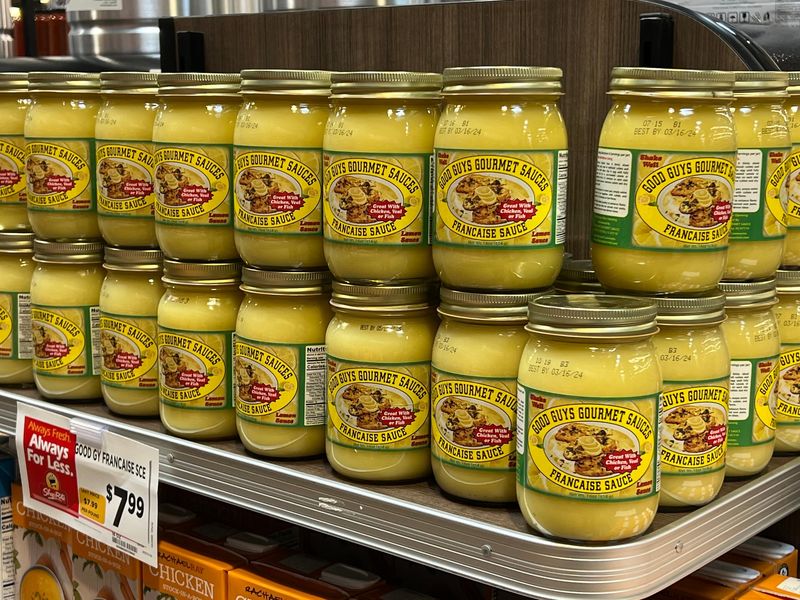
Fancy jars of pasta sauce, specialty mustards, and artisanal ketchups command premium prices despite containing inexpensive base ingredients. A $7-9 jar of “gourmet” pasta sauce contains roughly $1-2 worth of tomatoes and herbs.
The elegant packaging and exotic-sounding ingredient lists create perceived value far exceeding actual production costs. Many premium condiments differ from basic versions primarily in packaging design and marketing language rather than significant ingredient improvements.
Making sauces from scratch often takes minimal effort—a basic tomato sauce requires 10 minutes of active preparation. Even when time is limited, mid-range brands frequently score just as well in blind taste tests at half the price of premium versions.
15. Name-Brand Breakfast Cereals
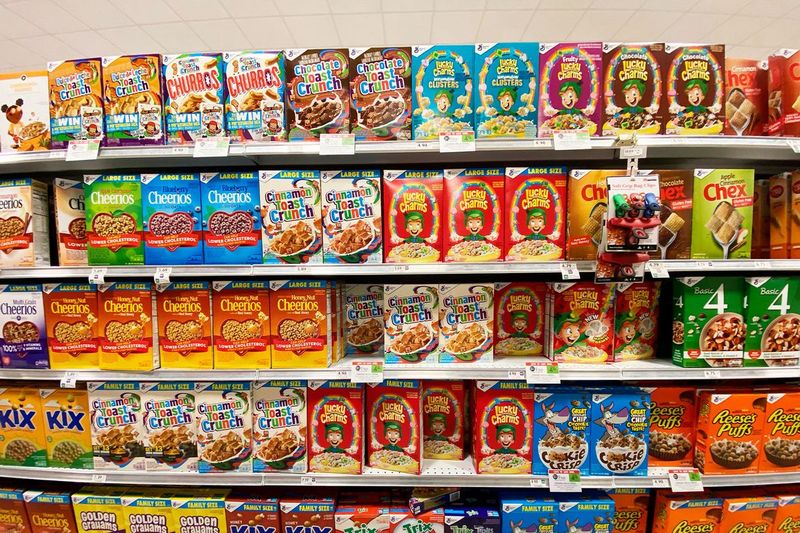
Those colorful boxes with cartoon characters and familiar logos typically cost 40-60% more than store-brand equivalents. A family spending $5 weekly on name-brand cereal could save over $100 annually by switching to store versions.
Ingredient comparisons often reveal striking similarities between premium and store brands. Many store-brand cereals are produced in the same facilities as name brands, using nearly identical recipes and ingredients.
Blind taste tests consistently show consumers struggle to identify differences between name and store brands. The real distinction lies in marketing budgets, not quality or taste. For health-conscious shoppers, both premium and store brands frequently contain similar nutritional profiles, including added sugars and refined grains.
Leave a comment